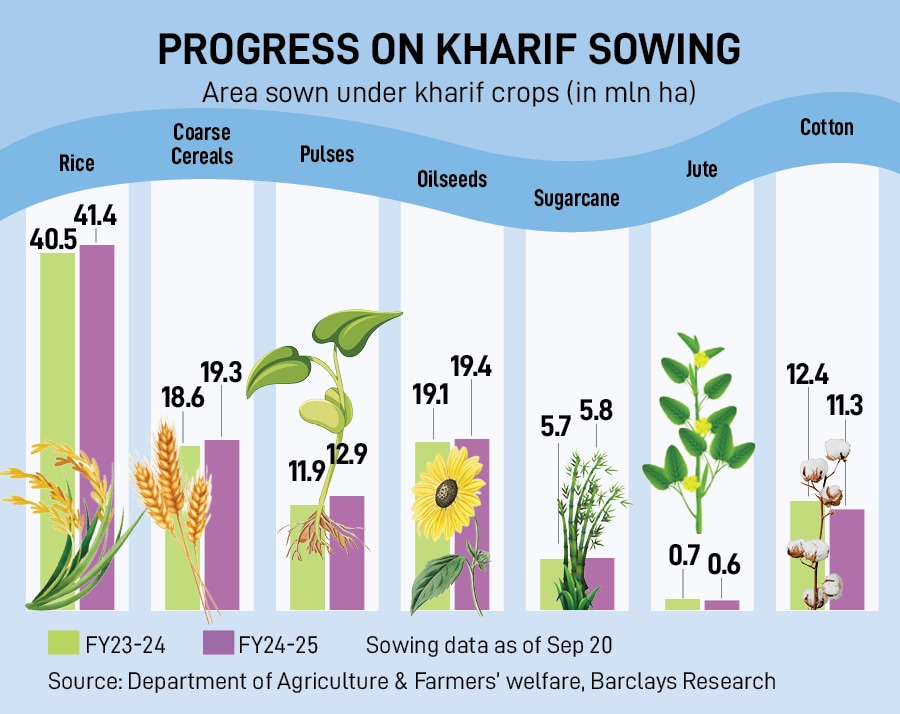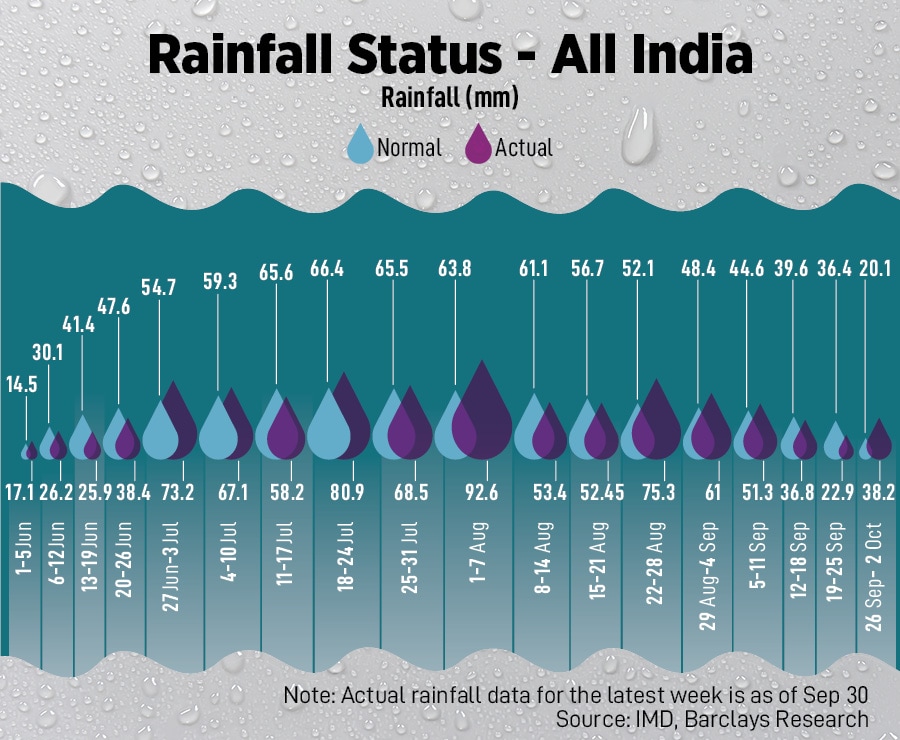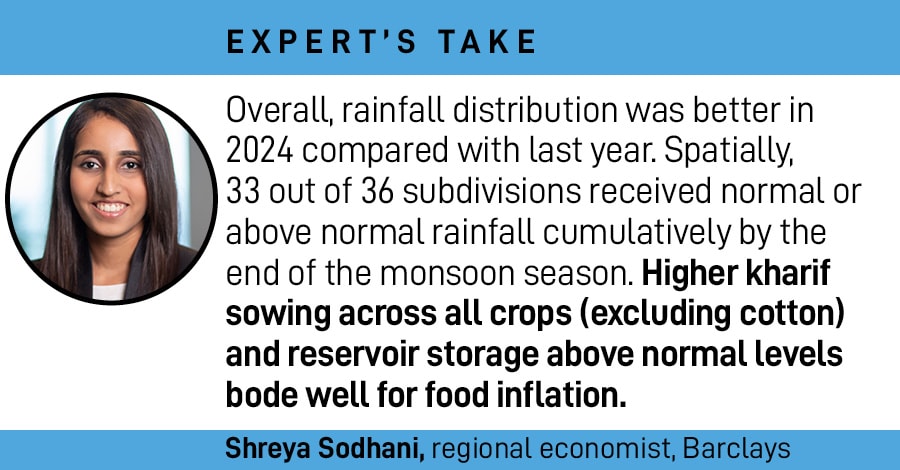Rain Watch for Sept 26 to Oct 2: Curtains down on monsoon, good harvest likely
The rainy season ends on a strong note, and higher sowing areas of essential crops are expected to ease off food inflation
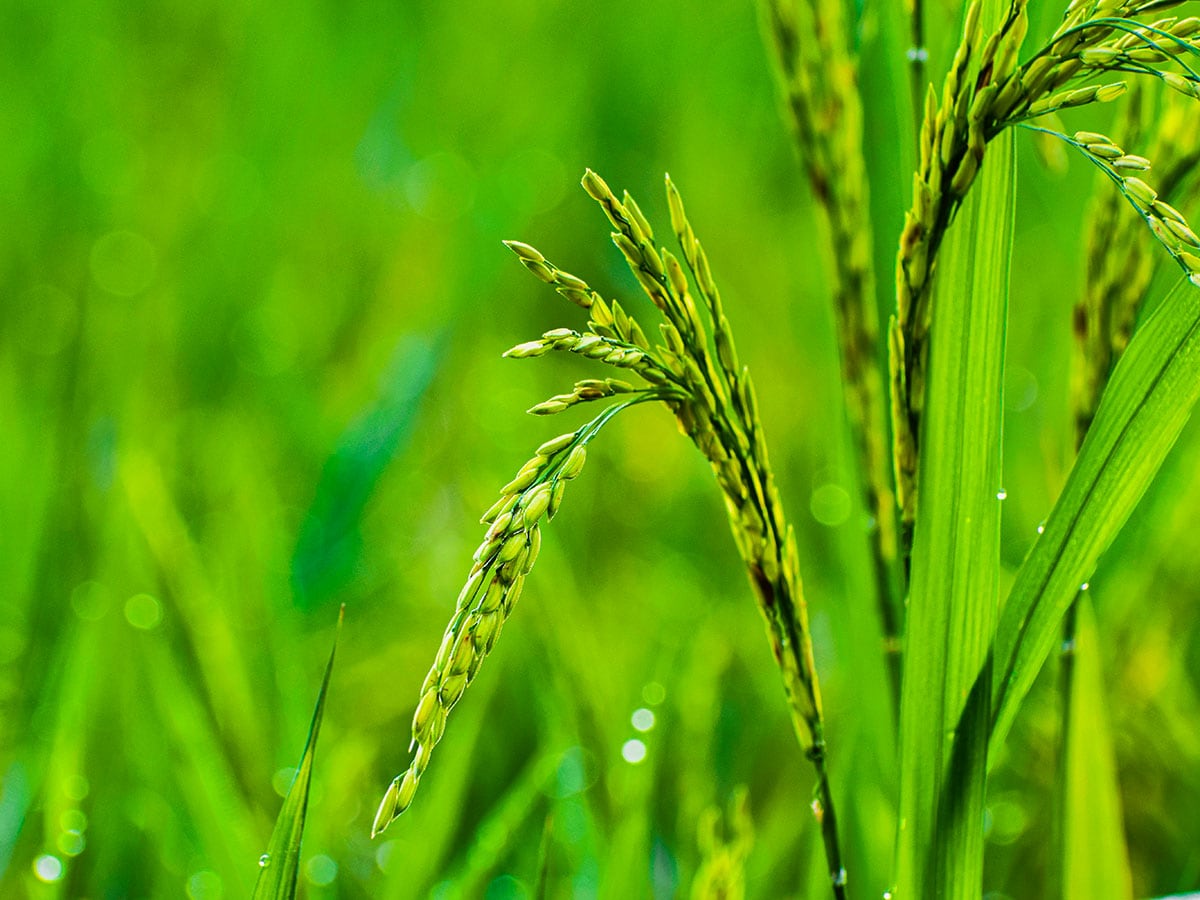 With monsoon withdrawal starting in mid-September, crop damage should likely be manageable, says Barclays.
Image: Shutterstock
With monsoon withdrawal starting in mid-September, crop damage should likely be manageable, says Barclays.
Image: Shutterstock
Monsoon 2024 has been bountiful, but with scanty patches and uneven distribution among regions. The kharif harvest is likely to increase and expected to ease off food inflation as the total area of kharif crops sowing is higher this year compared to 2023. A favourable monsoon has also filled up storage levels in reservoirs which bodes well for the next cycle of sowing in autumn.
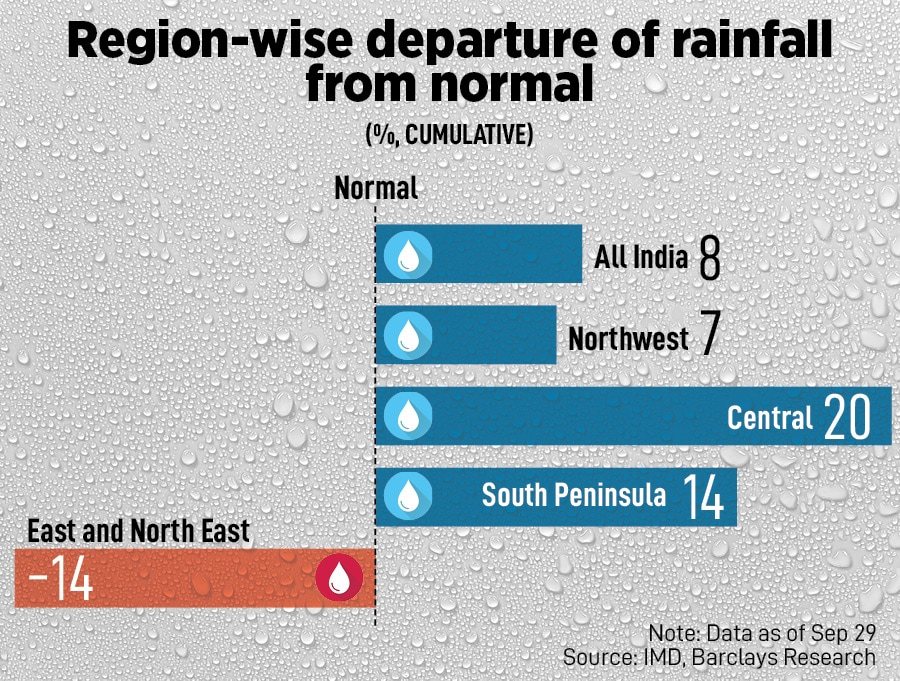
In the last week of monsoon, many regions received heavy rainfall due to the forming of a low-pressure system, and at the same, time withdrawal of the southwest monsoon continued. On a cumulative basis, rainfall was 7.8 percent above the long period average (LPA) as of September 29, as per an analysis of Barclays based on Indian Meteorological Department (IMD) data. This is an increase from 5.5 percent in the previous week, indicating the monsoon season ending with “above normal” rainfall.
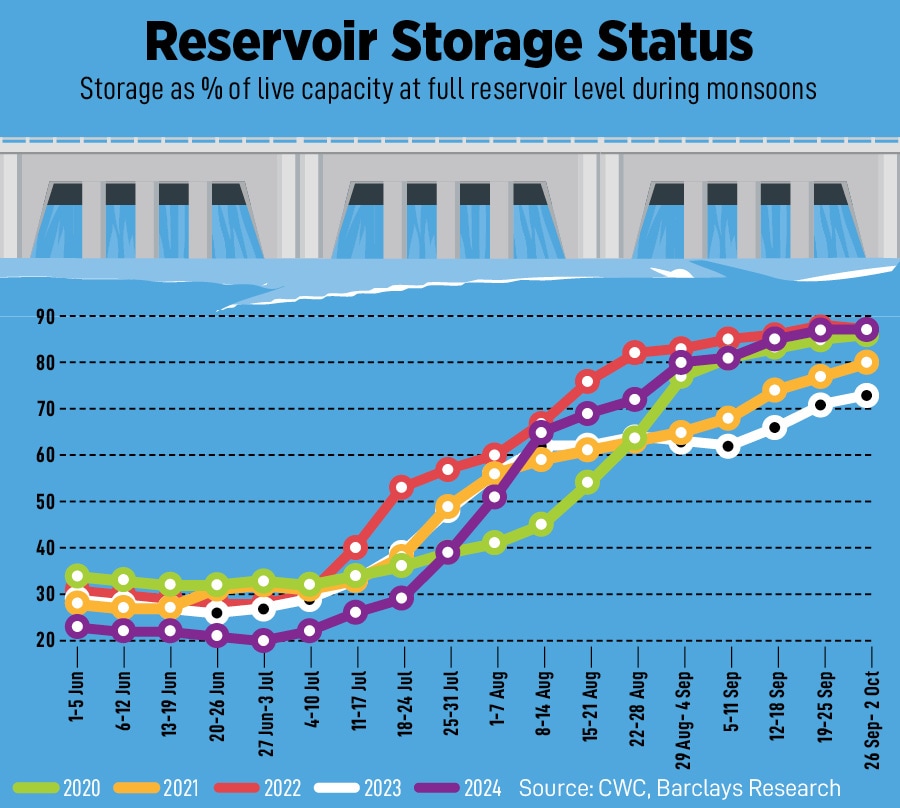
This year's rainfall was deficit in June, but picked up intensity significantly during the main kharif sowing month of July. Monsoon intensity was high in August and persisted through September, resulting in floods across a number of states. However, with monsoon withdrawal starting in mid-September, crop damage should likely be manageable, says Barclays.
